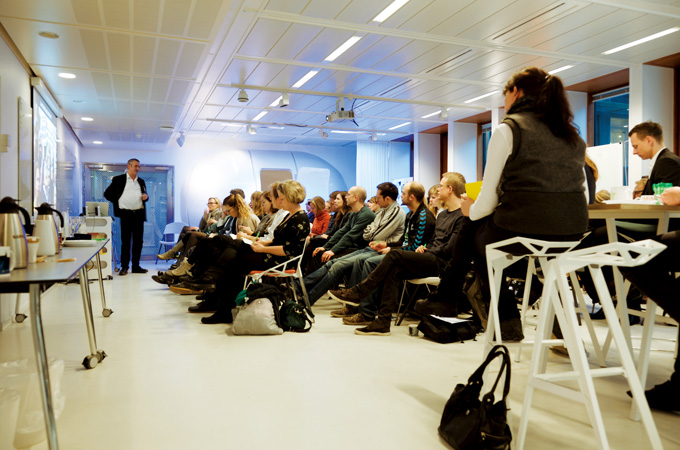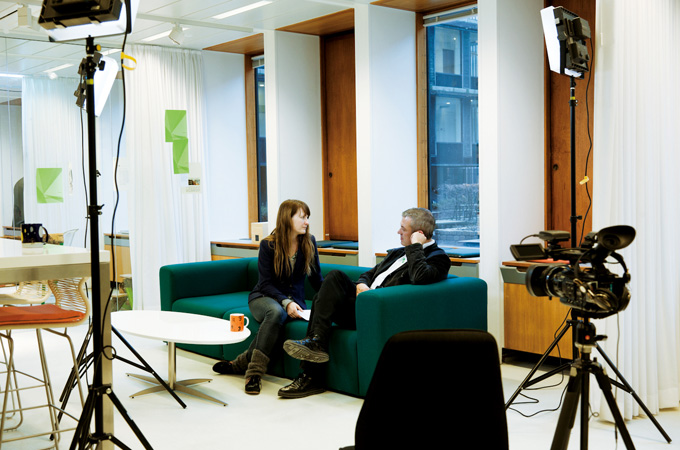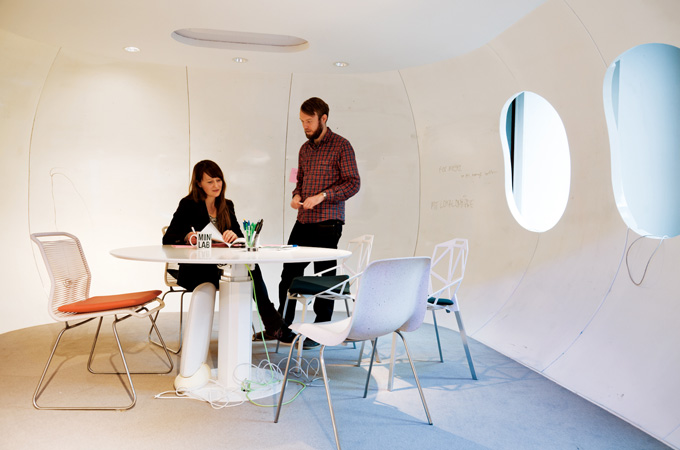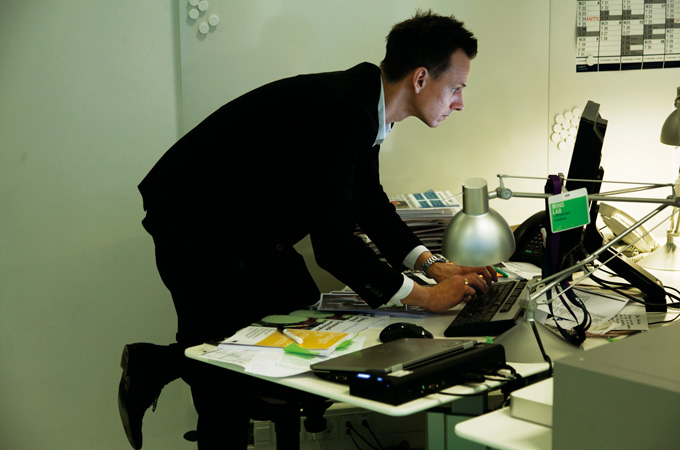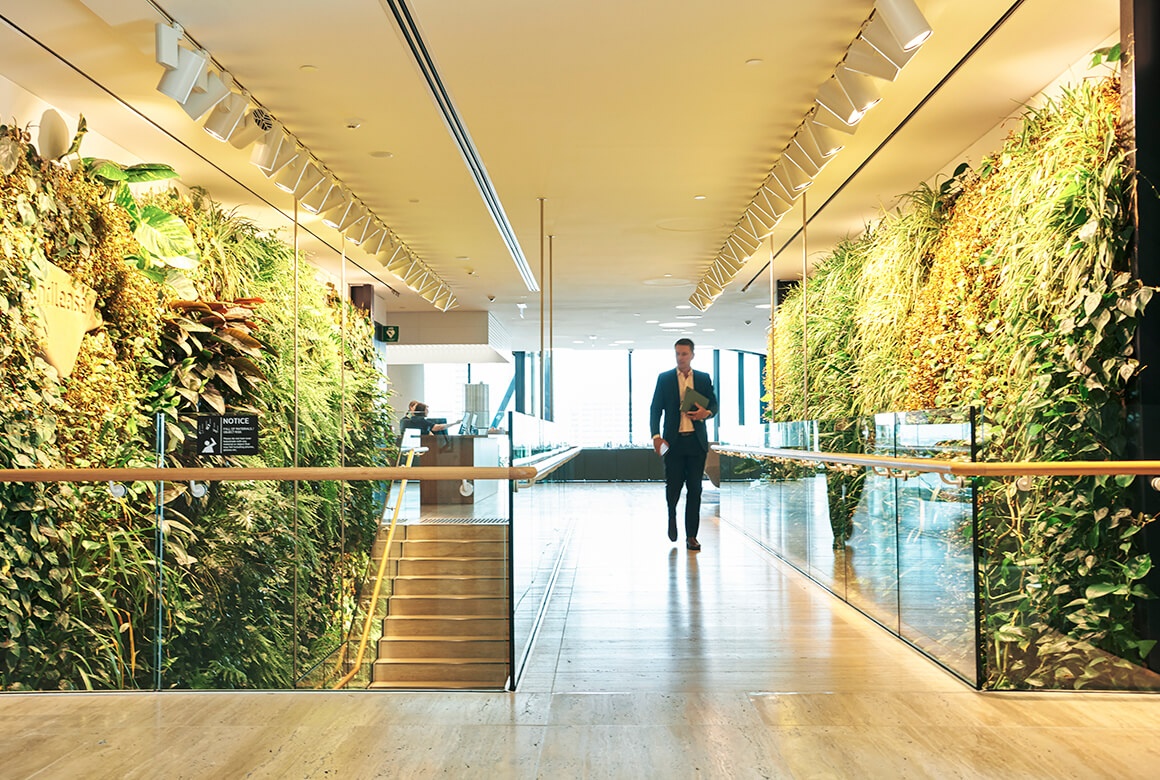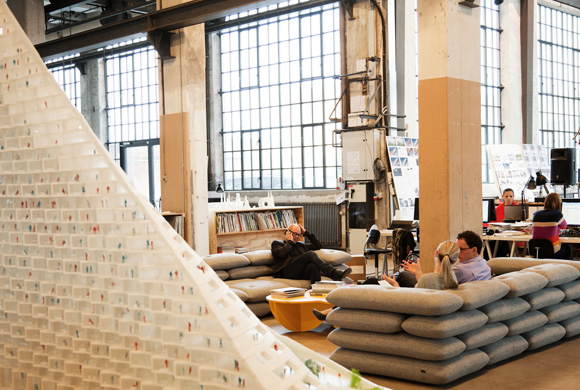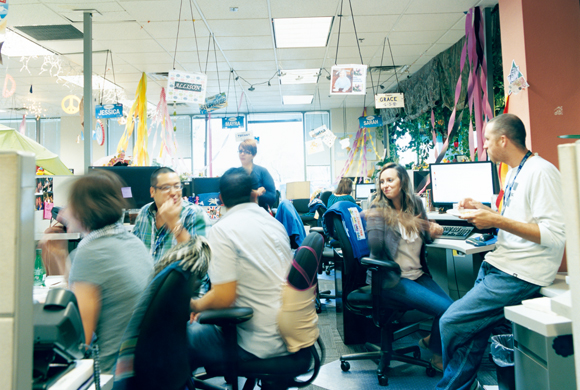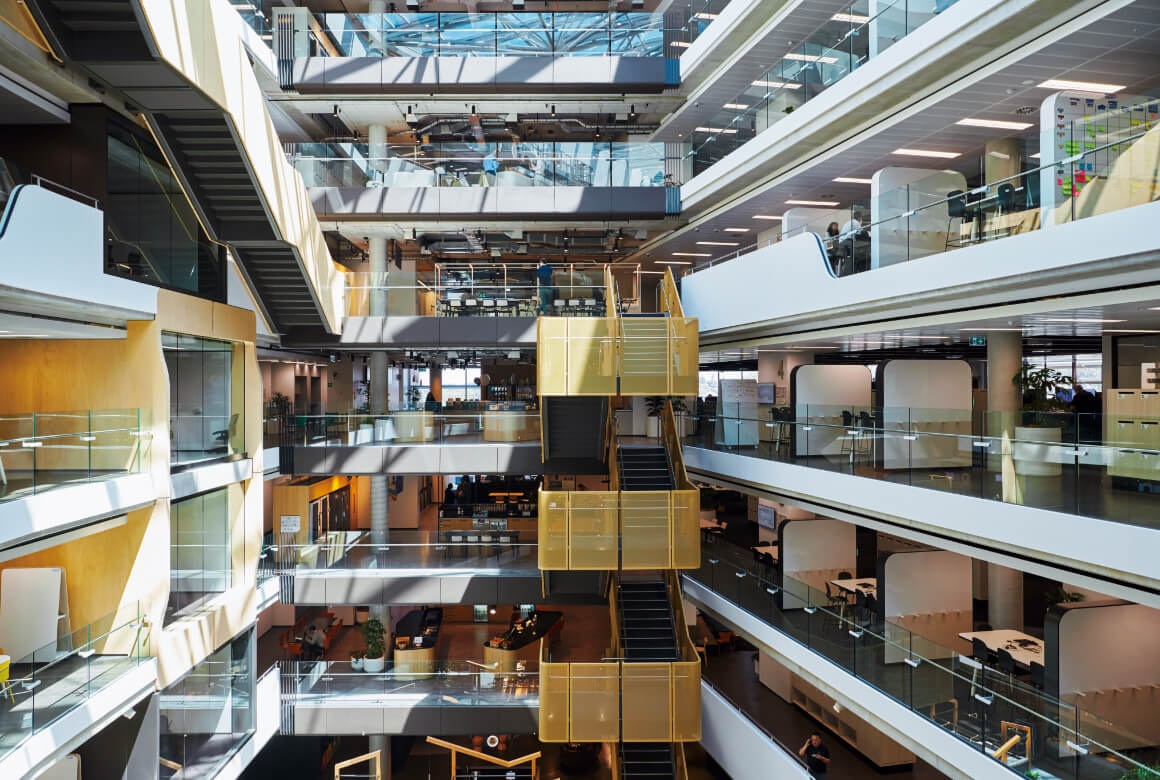Workplace
Dec. 5, 2016
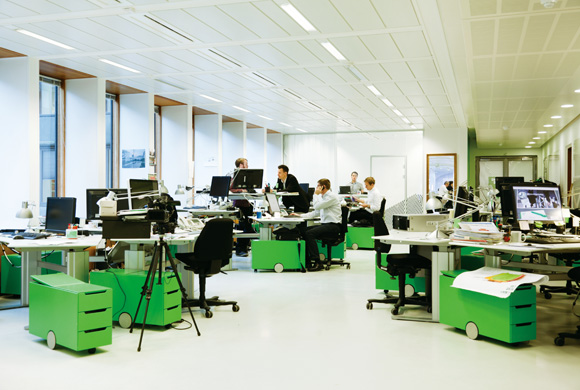
Solving Social Problems Through Participatory
Design; An Innovation Unit Involving Citizens,
Lab Corporations and Government
Cross-ministerial innovation unit
[MindLab] Copenhagen, Denmark
MindLab is owned by Denmark’s Ministry of Business and Growth, Ministry of Children and Education and Ministry of Employment as a think tank and a do tank. It is a governmental organization engaged in dealing with important public issues. One example concerns how to win back trust in educational facilities, an issue directly requested by a minister.
In the project, the staff first goes out to the location and talks with the staff of the facility where change are desired. If the project is a school, they visit not only the school itself but the local government as well. Without the help of the municipality, it is very difficult to improve the educational system.
Also, workshops are held involving the local people, and the staff very often goes out to visit them. “If you want to understand the feelings of people who are out of work due to injuries, it’s much better to go to their home rather than have them come here,” says Runa Sabroe, Project Manager.
Ethnology and other sociological methods are used in the data collection, including video and audio recording, which can then be shared with the client, the government. MindLab is not decided about the solution, but how it can support the discovery of the solution. Therefore, the most important thing for MindLab in the project is in moving forward together with the people who are actually dealing with the problem.
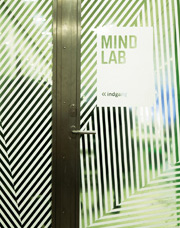 MindLab is located in the first floor of the Ministry of Business and Growth.
MindLab is located in the first floor of the Ministry of Business and Growth.
Founded: 2002
Personnel: 15(in 2002)
http://www.mind-lab.dk/
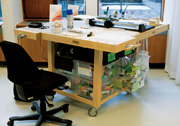 The development of tools used in the workshop is one of the organization’s missions. MindLab also self-publishes an annual report.
The development of tools used in the workshop is one of the organization’s missions. MindLab also self-publishes an annual report.
After the problem is identified and a solution is proposed, MindLab becomes involved in the work. The mission is to reach the goal through user-involvement, which might be increased earnings, improving service, realizing a product or contributing to democracy.
All the staff working here are public servants. Along with the seven core staff members are government employees, who will be assigned to each project for a period of six months to one year. They are instructed in MindLab’s unique methods and approach, and receive various training. When their period is over and they return to the various ministries, they bring with them some of MindLab’s knowhow. This means that more and more government officials have an understanding of the significance of the participatory design.
“The effectiveness of design comes with the implementation process,” Ms. Sabroe says. “This is because the content and the results of the improvement can be concretely presented.” The design process involves the people having the problem. It’s important that the prototype to be created so that the points of improvement are made visual. It’s a process in which an illustrated or product prototype is created and talked about, used over and over before forming the basis for considering a concrete solution. The trial-and-error process leads to the creation of a better solution, and is a way to build consensus among the people involved.
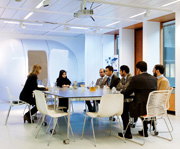 The problem of the time needed to make a decision in the midst of inter-ministerial rivalries is something not limited to Denmark or Japan. If there is an organization that can go across the ministry boundaries, a solution for difficult issues can be more swiftly found. As an ideal model of this, MindLab has attracted attention from countries around the world. In recent years, an increasing number of inspection teams from countries in Central and South America, Eastern Europe and the Middle East have come to take part in practical know-how lectures.
The problem of the time needed to make a decision in the midst of inter-ministerial rivalries is something not limited to Denmark or Japan. If there is an organization that can go across the ministry boundaries, a solution for difficult issues can be more swiftly found. As an ideal model of this, MindLab has attracted attention from countries around the world. In recent years, an increasing number of inspection teams from countries in Central and South America, Eastern Europe and the Middle East have come to take part in practical know-how lectures.
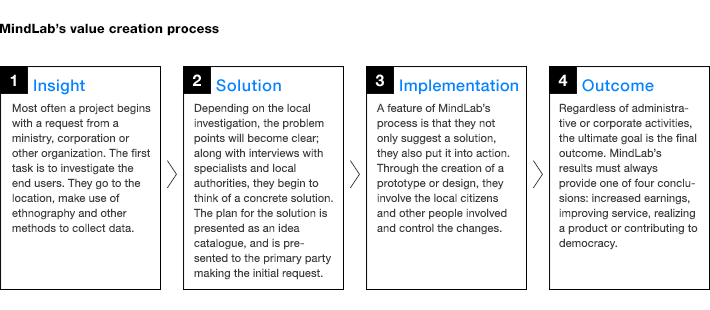
Once a week, members from the different ministries gather in the MindLab office for a range of seminars. These are also part of the activities intended to broaden knowledge of the process and effectiveness of the unit. To make their participation smoother, removing the stress of participants is an important concept in creating the space. “We are doing our best to have a friendly space,” says designer Anette Væring. The office interior reflects this, featuring gentle green and white colors. The atmosphere is one of relaxed communication, as people enjoy coffee and light snacks. One feature is that the office’s theater-like space can be changed easily and flexibly.
All furniture is equipped with wheels, while all the chairs fold. The lighting can be changed from yellow to blue to pink. This office space also helps with the education of those members who have been sent to work here. “We’re always thinking about how to get public employees to understand the need for change,” Ms. Sabroe says. “And, in the spaces and areas, the need for changing the way of working is something that we feel is not best expressed in words, but by naturally communicating it.”
Last year, MindLab celebrated its tenth anniversary. Its results are now well known, and working in its office now not only representatives of the original three ministries but other ministries as well.
From WORKSIGHT 04(June, 2013)
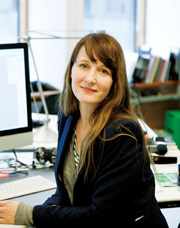 Anette Væring
Anette Væring
Project Leader / Designer


